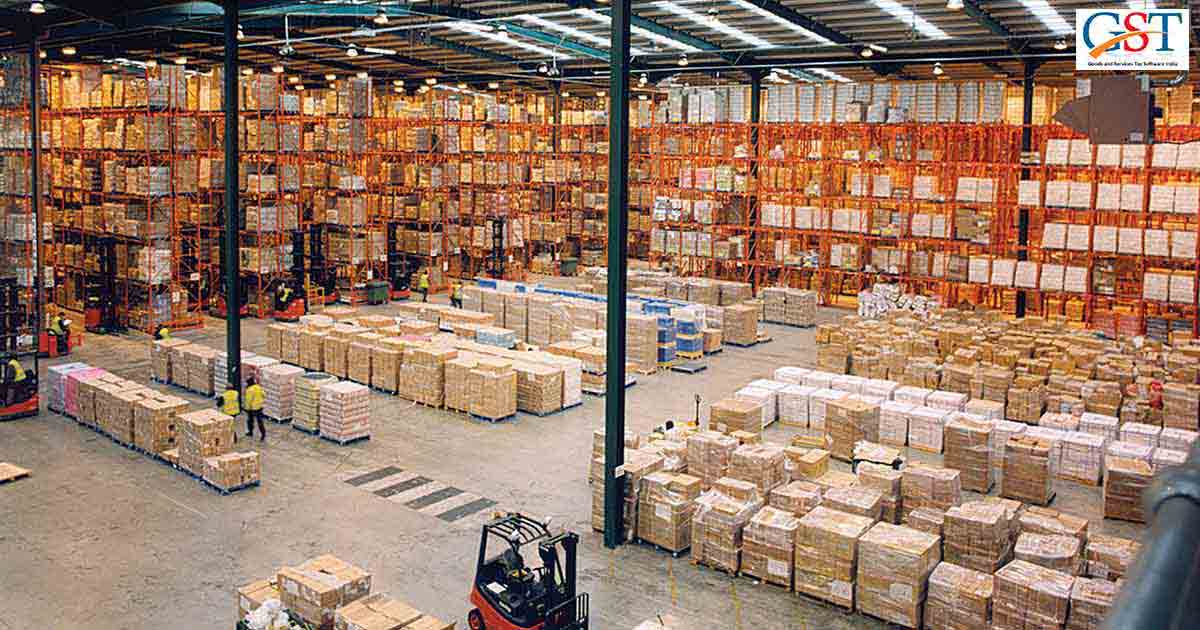The Goods and Service Tax is more than a year old now and in this short period of time, it has triggered landscape changes in many hitherto docile segments. One among these is the Indian warehousing segment. Post GST smaller and fragmented warehouses have coupled together to metamorphose into centralized warehousing hubs. This has resulted in increased efficiency for supply chains. And this is clearly reflected in the growth rate of the segment.
The stock projections are part of the KPMG India report 2017-2021 which takes into account organized warehousing sector in top eight cities of India including Mumbai, National Capital Region, Ahmedabad, Bengaluru, Pune, Chennai, Hyderabad, and Kolkata. Highlights of the report:
- 85% increase in Warehousing Spaces (25 million sq ft by volume) in 2017 alone.
- E-commerce aggregators primary growth stimulators with increased demand for shorter turnaround time for delivery.
- Auto & auto ancillary, chemical and pharmaceutical sectors have also been significant contributors
In addition to this, the sector has also witnessed incremental private equity investments. In addition to GST there are are many other important factors for growth. These include:
- Growth in Organized Retail Sector.
- Central governments Make in India Program.
- The boost in quality as well as the efficiency of the logistics sector including warehousing
From 2014 to 2016 when VAT Laws were in effect, the warehousing supply registered compounded annual growth rate (CAGR) of 15%. Post introduction of GST on July 1, 2017, the expected CAGR is expected to jump to 21% for Grade A warehouse. Reportedly, institutional investors have been the flag bearer for the accelerated growth. They alone account about 26% of the total private equity funding in the sector. Total investment from such institutions sums up to over $3 billion for the period.
Read Also: Goods and Services Tax Impact on Logistics and Warehousing Sector
Experts also project similar growth in warehouse estate in urban and semi-urban areas. Driven mainly by the growing Indian Middle class, the electronics and white goods sector is expected to propel demand for warehousing space in these buzzing geographies.
